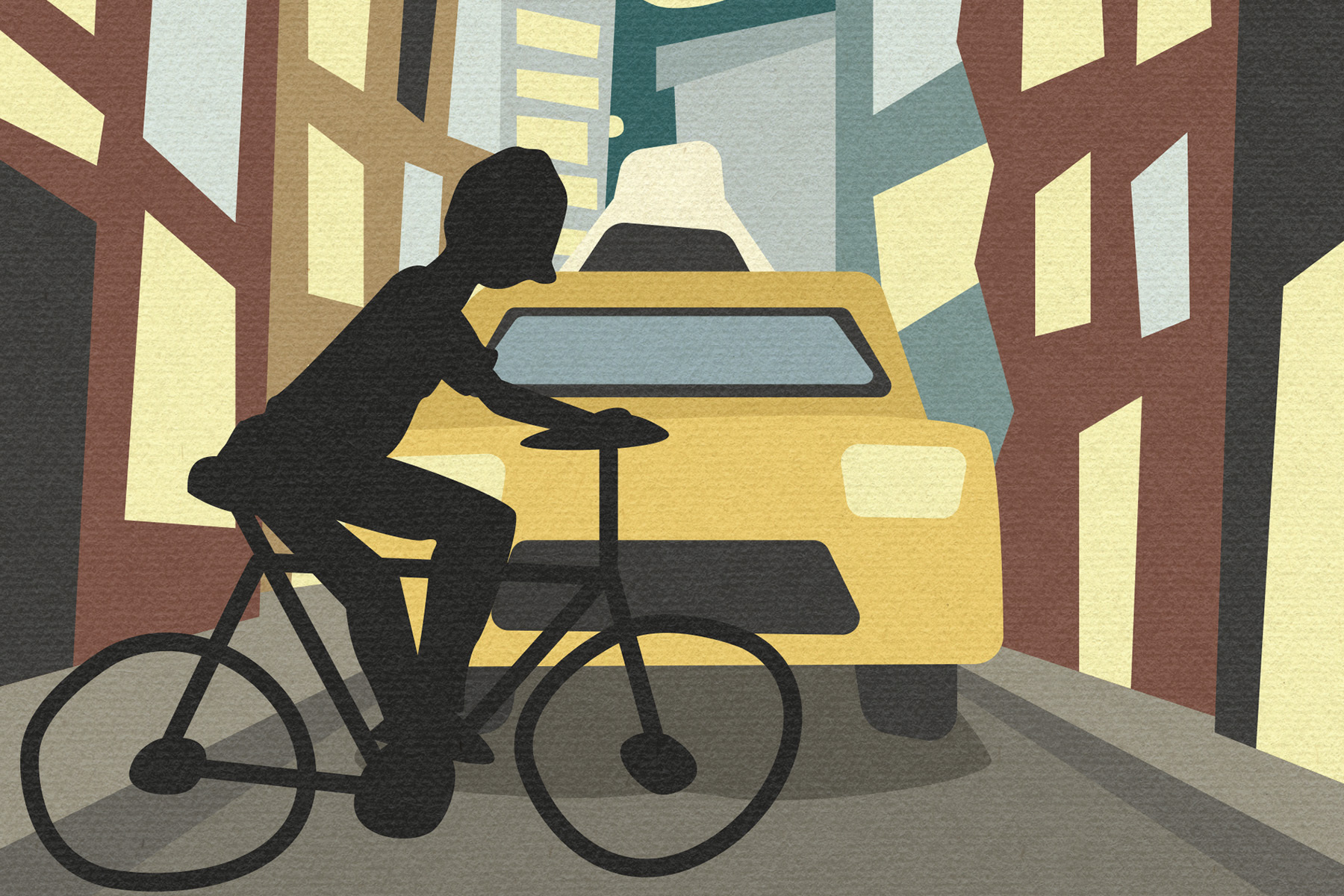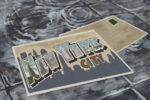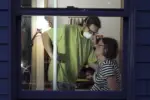When a truly fast cyclist climbs, they seem to fly up the face of a mountain road or trail, the bike and rider one in a smooth upward motion, pedaling at an often high cadence. At times the rider will stand up and seem to flow into a harmonic oscillation with their machine as they move from side to side with each pedal stroke, standing up above the saddle, their arms, back and legs pressing into the pedals with increased force.
When an elite cyclist climbs out of the saddle, they are said to be dancing. The term was popularized by Tour de France commentators who noted the beauty of riders who appeared to flow in unison with their bike and is now used as a point of reference for viewers, enthusiasts and members of the bicycle community. I, however, am a masher. When I climb, it is slow and laborious. I fight the bike through each uptick in grade and I so obviously lack grace that an onlooker may wonder how it is possible that I put as many hours as I do into cycling. Where I feel I fly is on the streets.
Having recently moved to New York City, I discovered the beauty of floating down Broadway or Amsterdam, racing to keep up with the flow of traffic to avoid the malice of speeding taxi drivers; bunny hopping potholes to hold my line in a barely-visible bike lane; swerving through cones in a semi-abandoned construction lane to make it through a yellow light; and constantly checking behind me for cops before I treat a red light as a stop sign.
In these moments, I operate on instinct, trusting my snap judgment to take me downtown safely, and forcing my legs to push me as fast as the cars that surround me. Sadly, however much I may love the feeling of biking in the city, the risks of urban cycling are real, and in New York City specifically, the dangers associated with riding a bike are greater than nearly ever before.
In 2019, 28 cyclists were killed in New York City. Listed by multiple publications as the most dangerous city in the United States for cyclists, the risks posed to a bike rider in the city are abundant. E-bike food delivery drivers, making far less money than would seem conceivable, blaze up and down bike lanes with little regard for life or limb, blasting through red lights, stop signs and lane markings. Buses pull in and out of traffic, stopping on a dime to replenish their passengers block by block. Drivers are erratic, and when parked are prone to “dooring” cyclists, opening drivers’ side doors so quickly that cyclists are given no opportunity to swerve and avoid a nasty collision. Despite all of this, there is a profound allure to cycling in the city, and the danger is part of it.
As a mountain biker moving from a city where there are trails 10 minutes from my front door to one where I wouldn’t even have access to a mountain bike, I feared that I would lose my connection to the “flow” of mountain biking, the times when my mind goes blank, reacting instinctively to the trail in front of me as I try my best not to get bucked by a rock or root; the combination of physical exertion and legitimate stakes force me into this position, as my body is induced to stay upright and my mind remains constantly aware, consciously or subconsciously, of the possibility of a crash.
In New York, there is a stunning similarity — the stakes are high and my legs are doing all they can to keep up. My quads burn as cars honk at me to push faster on Broadway before I turn onto 114th to get into my dorm, and my heart momentarily stops each time I make a two-foot bunny hop to get over a pothole while boxed in by taxis and buses. New York riding is terrifying, but the thrill is what makes it so immediately and viscerally loveable.
I don’t dance on pedals, but sometimes, with just enough traffic and the perfect song playing in my right earbud as I bob through the streets, I convince myself that I do — maybe this is part of why New York is so dangerous to ride through. When the core of a city’s bike scene is fixed gear track bikes with no brakes and high-speed group riding, when the allure of an area’s cycling culture is riding despite broken roads, antagonistic cops and aggressive traffic, the grit itself becomes the source of the good and the bad. Cycling is a sport of suffering, obsessed with quantifying how one’s daily rides hurt more than anyone else’s, so of course, New York is the perfect place for a bike scene to emerge.
And of course, a bike scene growing from cracks in the cement is going to face deadly obstacles. Riding bikes in New York is objectively dangerous. This week, it was reported that a brand new bike lane was instantly — and illegally — repurposed by the police as extra parking for their personal vehicles.
Despite this, people ride. So long as people have rented Citi Bikes, ridiculously light five-figure road bikes, decade-old hybrids or locally built fixies, people ride, and love it. Whether it’s the camaraderie of a long group ride battling headwinds and cars or the connection between two riders waving as they fly opposite directions down a street, the experience of cycling in the city outweighs, for many, the constantly pressing dangers of riding a bike.
Somehow, New York City is the most dangerous American city to bike in, yet it is still home to a vast and vibrant cycling culture. Whether it speaks to the persistence of the people who occupy the city, the masochism of those who ride bikes or a little of both, it is as awe-inspiring as it is terrifying to witness the feats performed by everyday cyclists dancing on their pedals through the paths and backroads of New York.

















